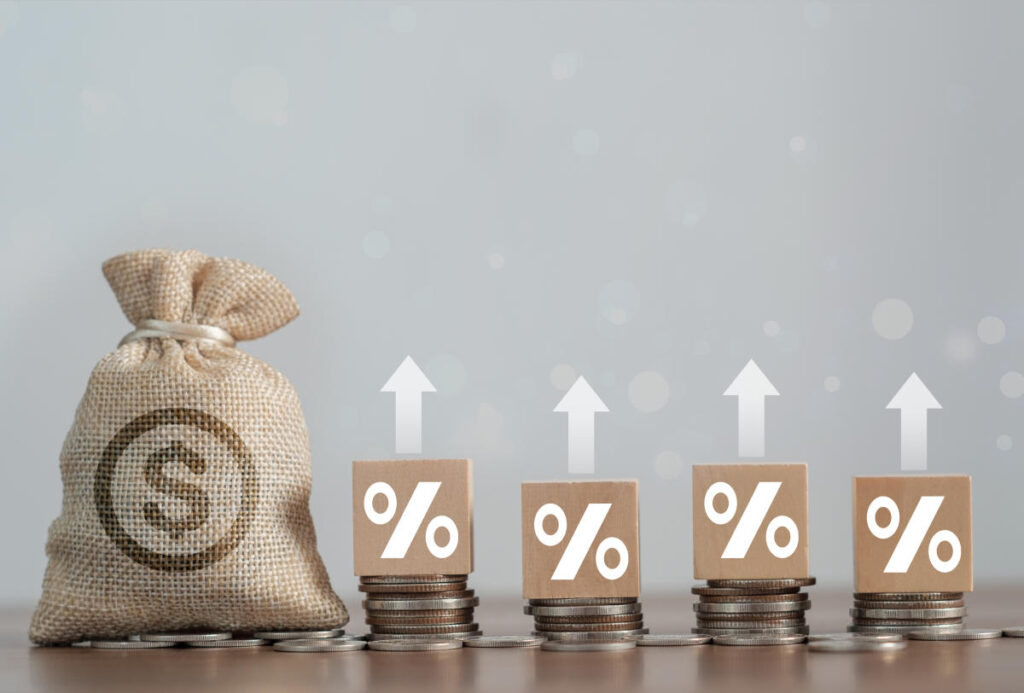If you are seeking a secure way to save your money while earning interest, high-yield certificates of deposit (CDs) can be an excellent choice. CDs are financial instruments that require you to deposit your funds for a fixed term, and in return, banks usually offer interest rates considerably higher than those found in traditional savings accounts. As interest rates rise in response to economic conditions, particularly actions taken by the Federal Reserve, the rates on CDs have recently seen a notable uptick. This situation presents an opportunity for savers to lock in higher returns, as the average national rate on 6-month CDs is reported at 1.88%, with some institutions offering rates exceeding 5%.
To help consumers navigate the plethora of options available, an analysis of over 300 data points across numerous financial institutions led to the selection of the 12 best CD rates currently available for terms of 6-months, 1-year, and 18-months. Evaluating these accounts based on factors such as annual percentage yield (APY), minimum balance requirements, and customer support availability is crucial. This thorough review process allows consumers to identify not only the best rates but also which accounts align best with their savings strategies.
Among the top contenders for 6-month CDs is Ally Bank, which offers a competitive rate of 4.60% APY without any required minimum deposit. This is closely followed by Barclays Bank, which provides an impressive 5.10% APY, also with no minimum requirement. Synchrony Bank and Marcus by Goldman Sachs also feature prominently, with rates of 4.20% and 4.50% APY respectively, along with other favorable account conditions. Other noteworthy options include America First Credit Union and Bask Bank, which both provide strong APY rates with certain minimum opening balance requirements. It’s essential for consumers to weigh the penalties associated with early withdrawals, as these can significantly affect overall returns if funds are needed ahead of maturity.
When it comes to 1-year CDs, Ally Bank again shines with a solid 4.25% APY and no minimum balance. Synchrony Bank, Marcus by Goldman Sachs, and America First Credit Union also offer competitive rates, with APYs ranging up to 4.70%. The penalties for early withdrawals from these accounts vary, making it important for savers to consider their immediate financial needs versus potential benefits from higher yields. BMO Alto and American Express National Bank present additional viable options, each with distinctive terms and rates favorable for investors.
For 18-month CDs, Ally Bank holds the top position yet again with a 4.10% APY, while Synchrony Bank and Marcus by Goldman Sachs offer the same rate of 4.25%, appealing to individuals looking for a longer commitment. As with shorter-term CDs, factors such as minimum deposits and early withdrawal penalties remain crucial to consider. With options from institutions such as Bask Bank and LendingClub reporting rates as high as 4.40% APY, savers can maximize potential returns while keeping in mind the financial institution’s conditions.
To fully understand how CDs function, it’s important to consider their advantages and shortcomings. One key advantage of CDs is the guaranteed return due to fixed interest rates, providing predictability in earnings. Additionally, CDs are generally FDIC-insured up to $250,000, making them a secure investment. However, the major drawback is the limited liquidity, as early withdrawal usually incurs penalties which might diminish overall returns. Moreover, given the fixed nature of a CD, savers risk losing out on better rates if market conditions change favorably.
Ultimately, deciding whether to invest in CDs hinges on understanding personal financial goals and liquidity preferences. They serve well for those who do not foresee needing immediate access to their funds and want a safer method to gain higher interest. Various strategies, such as CD laddering, can be employed to minimize the risks associated with locking in funds. This method involves splitting savings among CDs with different maturity dates, allowing for more flexible access to funds while still taking advantage of competitive rates. Each investor must evaluate their unique circumstances and the offerings from financial institutions to determine if a high-yield CD aligns with their savings strategy.

